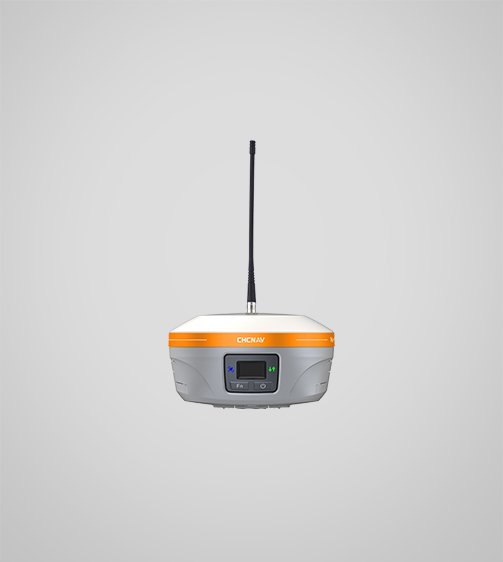In recent years, agricultural GPS guidance systems have become essential tools in modern farming. These systems harness satellite technology to enhance precision in various agricultural operations, resulting in significant advantages for farmers. This article explores the benefits of using GPS guidance in farming, including increased efficiency, reduced overlap, and cost savings.
Increased Efficiency in Farming Operations
One of the primary benefits of agricultural GPS guidance systems is the notable increase in operational efficiency. These systems provide accurate positioning data that enables farmers to navigate their fields with precision. By automating steering and navigation, GPS guidance minimizes the time spent on repetitive tasks, allowing farmers to focus on more critical aspects of their operations.
The efficiency gained through GPS guidance translates to faster fieldwork. Tasks such as planting, fertilizing, and harvesting can be completed more quickly and accurately, enhancing overall productivity. This streamlined approach enables farmers to maximize their time during peak agricultural seasons, ultimately contributing to better crop management.
Reduced Overlap and Resource Waste
Another significant advantage of using agricultural GPS guidance systems is the reduction of overlap during field operations. Traditional farming methods often lead to unintentional overlaps, where equipment applies inputs to the same areas multiple times. This not only wastes resources but can also result in uneven crop growth and increased costs.
GPS guidance systems effectively eliminate this issue by providing precise mapping and real-time positioning. Farmers can follow predetermined paths with accuracy, ensuring that each section of the field receives the appropriate amount of inputs. This precision leads to better resource management, reducing waste and enhancing the sustainability of farming practices.
Cost Savings and Improved Profitability
The combined effects of increased efficiency and reduced overlap contribute to significant cost savings for farmers. By optimizing the use of inputs such as seeds, fertilizers, and pesticides, agricultural GPS guidance systems help lower operational costs. Farmers can achieve more with less, which directly impacts their bottom line.
Moreover, the enhanced accuracy provided by GPS guidance can lead to improved crop yields. Healthy, evenly distributed crops are more resilient and productive, further contributing to profitability. As farmers adopt these systems, they not only save money but also position themselves for long-term financial success in an increasingly competitive market.
Conclusion
In summary, the benefits of using GPS guidance in farming are substantial, encompassing increased efficiency, reduced overlap, and significant cost savings. As agricultural GPS guidance systems continue to evolve, they offer farmers innovative solutions that improve operational effectiveness and sustainability. At CHCNAV Agriculture, we are dedicated to providing advanced solutions like the CHCNAV Agriculture iBase AG, a GNSS base station designed for precision agriculture with robust signal tracking and long-range capabilities. Our mission is to empower farmers with the tools they need to enhance their agricultural practices and achieve greater success.
